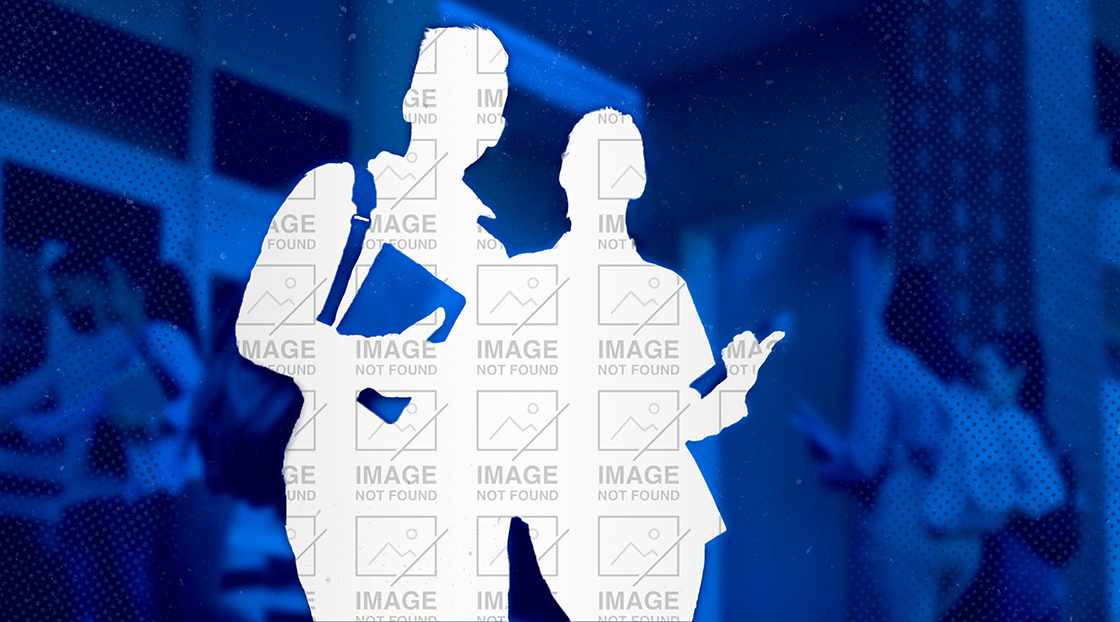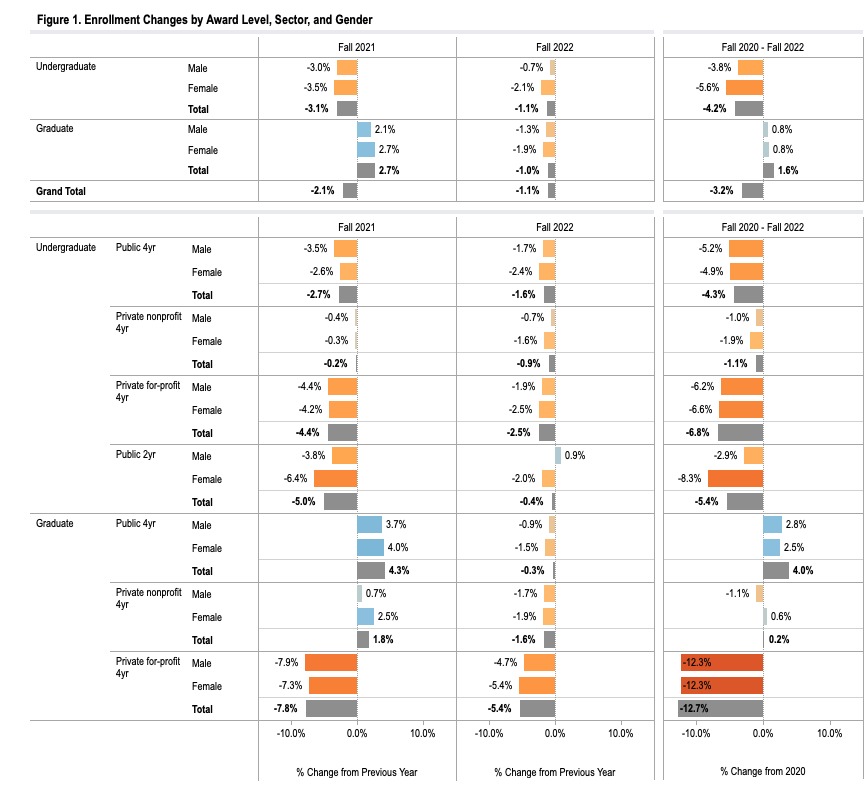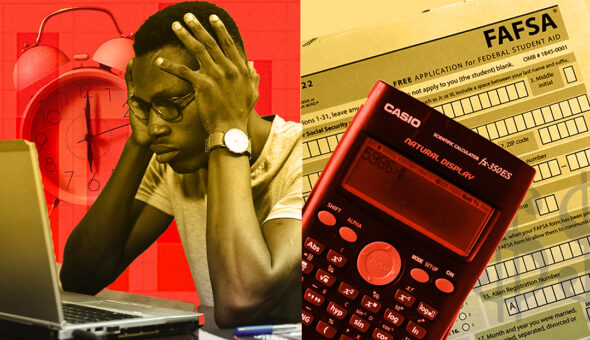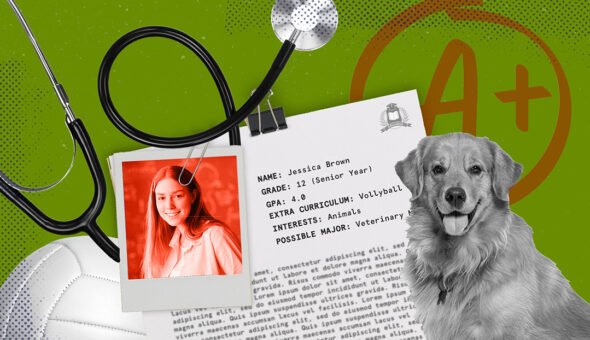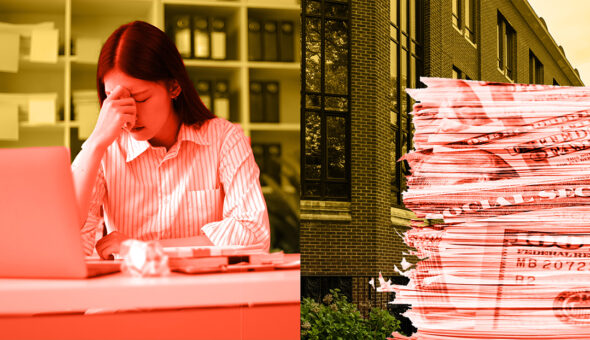The Future
Even though the pandemic isn’t as disruptive now as it has been over the past few years, Jaquette anticipates its effects will continue to be felt in higher education.
He said, “COVID had a negative effect on academic achievement, and K12 schools more generally. I would imagine that would reverberate in terms of negatively affecting college enrollment for years, maybe more than a decade.”
Another looming factor that could impact higher education enrollment across the board is the prospect of an economic downturn.
Britton noted that what form the downturn takes and how long it lasts will dictate whether college enrollment is nudged upward.
“When there is an economic downturn, and in particular recessions, younger people and older people are more likely to go back to college,” she said.
Britton added that because prospective students are not giving up potential wages in a recession means that college seems like a better bet, especially if they can obtain financial aid.
“When people are laid off, they go back to upskill and learn new skills that will make them marketable,” she said.
Jaquette agreed, noting that college is often viewed as a “safe port in a storm” during periods of economic uncertainty.
Both Hossler and Britton noted that non-elite colleges and universities are the ones that are bearing the brunt of the enrollment decline.
“The only sector that has experienced enrollment growth has been somewhere between very selective and highly selective privates and selective publics/flagships,” Hossler said. “Those schools have really been growing at the expense of all the other schools.”
He noted that Indiana University Bloomington admitted approximately 2,000 more students this fall than it did in fall 2019.
Britton explained that colleges are placing a greater emphasis on retaining what students they do have by being proactive with outreach and making sure they are meeting the students’ needs.
Some of those schools, Britton added, have also started reaching out more to students who started college but didn’t finish.
“They’re working to bring back students that have clearly demonstrated an interest in higher education, have invested in their higher education but for some reason were not necessarily able to complete it,” she explained.
Reevaluating what college looks like by way of increased accessibility is something else higher education leaders are looking at, she noted.
“They’re looking at flexibility and how to meet the needs of student-parents,” she said.
Roanoke College admitted two freshman classes during the pandemic that were smaller than normal, the result of which has been that the college’s overall enrollment has dropped. However, this year’s freshman class increased by more than 30 students, bringing college-wide fall enrollment to 1,826.
Even with the looming cliff, Poggendorf is hopeful about next year’s freshman class as applications have gone up. The college is also building pipeline programs, including robust campus visits, with local middle and high schools.
“There’s about 30% of students who graduate from high school that aren’t thinking about going to college,” she said. “We’re thinking about how we can get to them sooner and help them understand the value of a post-secondary education. It’s sad when a student gets to the end of their high school experience and all of a sudden something turns them on to college, but they haven’t done the preparation.”
